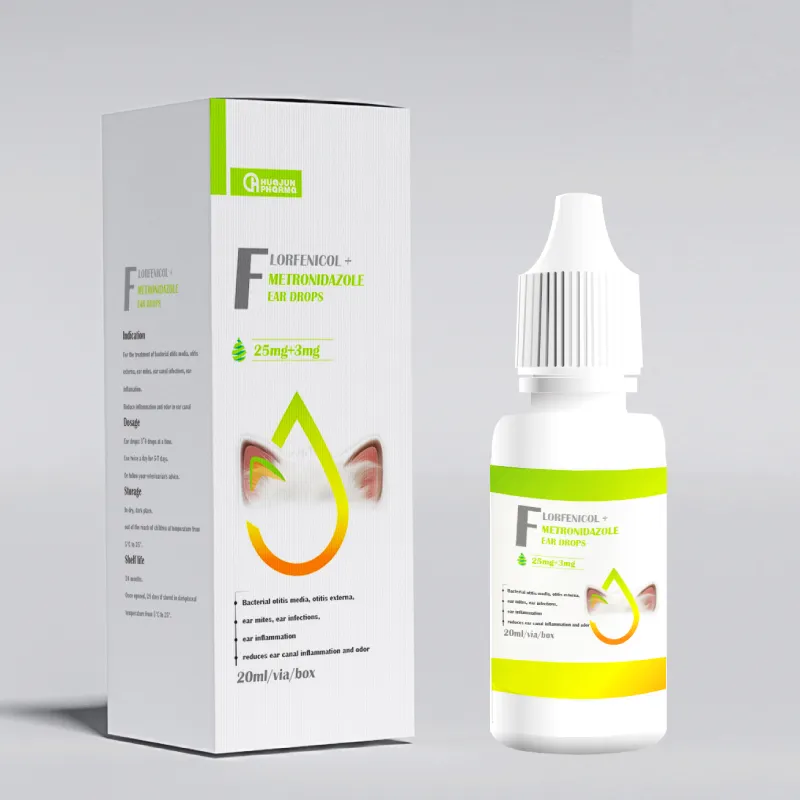
ნოე . 12, 2024 10:30 Back to list
china bovine actinomycosis
Bovine Actinomycosis in China An Overview
Bovine actinomycosis, also known as lumpy jaw, is a chronic bacterial disease primarily affecting cattle. It is caused by the bacterium *Actinomyces bovis*, which is part of the normal flora of the oral cavity but can cause disease when tissues are damaged. As one of the significant concerns for livestock health, bovine actinomycosis presents various challenges for the cattle industry in China, where livestock farming plays a vital role in the economy and food supply.
The disease typically manifests as a progressive, granulomatous infection that most commonly affects the mandible and other bones of the head. Initially, it may present as a soft tissue swelling, which evolves into hard, fibrous lesions. These can lead to extensive tissue destruction if not identified and treated early. In severe cases, the infection can result in the formation of abscesses, which may rupture and discharge a characteristic pus, containing sulfur granules – a hallmark of the disease.
Bovine Actinomycosis in China An Overview
The transmission of actinomycosis is primarily through abrasions in the oral cavity, which can occur during feeding or through mechanical injuries. Therefore, it is crucial for farmers to maintain optimal hygiene and proper management practices. Regular dental checks and monitoring for signs of injury can help prevent the onset of the disease. Moreover, ensuring that cattle are fed a balanced diet with appropriate roughage can reduce the risk of injuries to the oral cavity, thereby mitigating the chances of infection.
china bovine actinomycosis

Diagnosis of bovine actinomycosis typically involves clinical evaluation, history-taking, and laboratory tests. Veterinarians may take samples from affected tissues to identify the presence of *A. bovis*. Additionally, imaging techniques can be employed to assess the extent of bone involvement and to guide treatment decisions.
Treatment of bovine actinomycosis generally includes surgical intervention to remove necrotic tissue and drainage of abscesses, coupled with antibiotic therapy. Penicillin is often the drug of choice due to its efficacy against *A. bovis*. In some cases, a combination of antibiotics may be prescribed to enhance treatment outcomes. However, the prognosis largely depends on the timeliness of intervention and the extent of tissue damage.
Preventive measures are essential in managing bovine actinomycosis effectively. Farmers and livestock handlers should be educated about the disease, its signs, and the importance of early veterinary intervention. Implementing biosecurity measures to prevent the introduction of pathogens, alongside regular health check-ups for cattle, is crucial to controlling the spread of infections.
In conclusion, bovine actinomycosis remains a significant concern in China's cattle industry. With the right combination of preventive management, timely diagnosis, and appropriate treatment, the impacts of this disease can be minimized. As China continues to expand its livestock sector, increasing awareness and education about such infectious diseases will be vital for ensuring the health and productivity of cattle, ultimately supporting the country's food security goals.
-
Premium Honeysuckle Products - Leading Honeysuckle Manufacturer & Supplier Factory
NewsJun.10,2025
-
Pulmonary Edema Solutions from Leading Manufacturer & Supplier Reliable Factory Price
NewsJun.10,2025
-
Red Eyes - Leading Red Eyes Manufacturer & Supplier, Premium Quality Factory Price
NewsJun.10,2025
-
Broiler Ascites Syndrome Solutions Top Manufacturers
NewsJun.10,2025
-
Premium Amoxicillin Suppliers Reliable Biomox Mexican Factories
NewsJun.10,2025
-
Top Brewing Cell Wall Solutions Optimized Efficiency
NewsJun.09,2025




